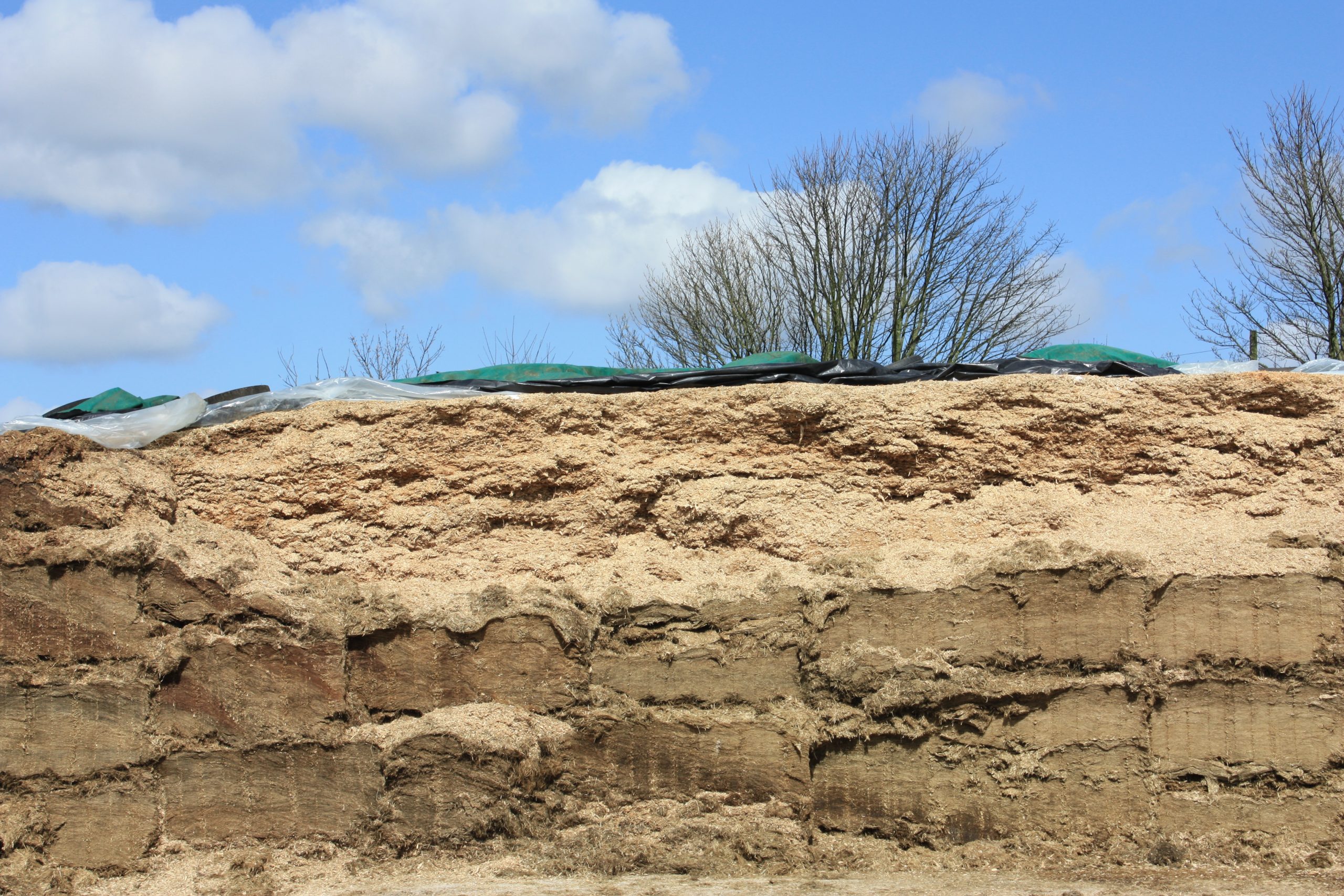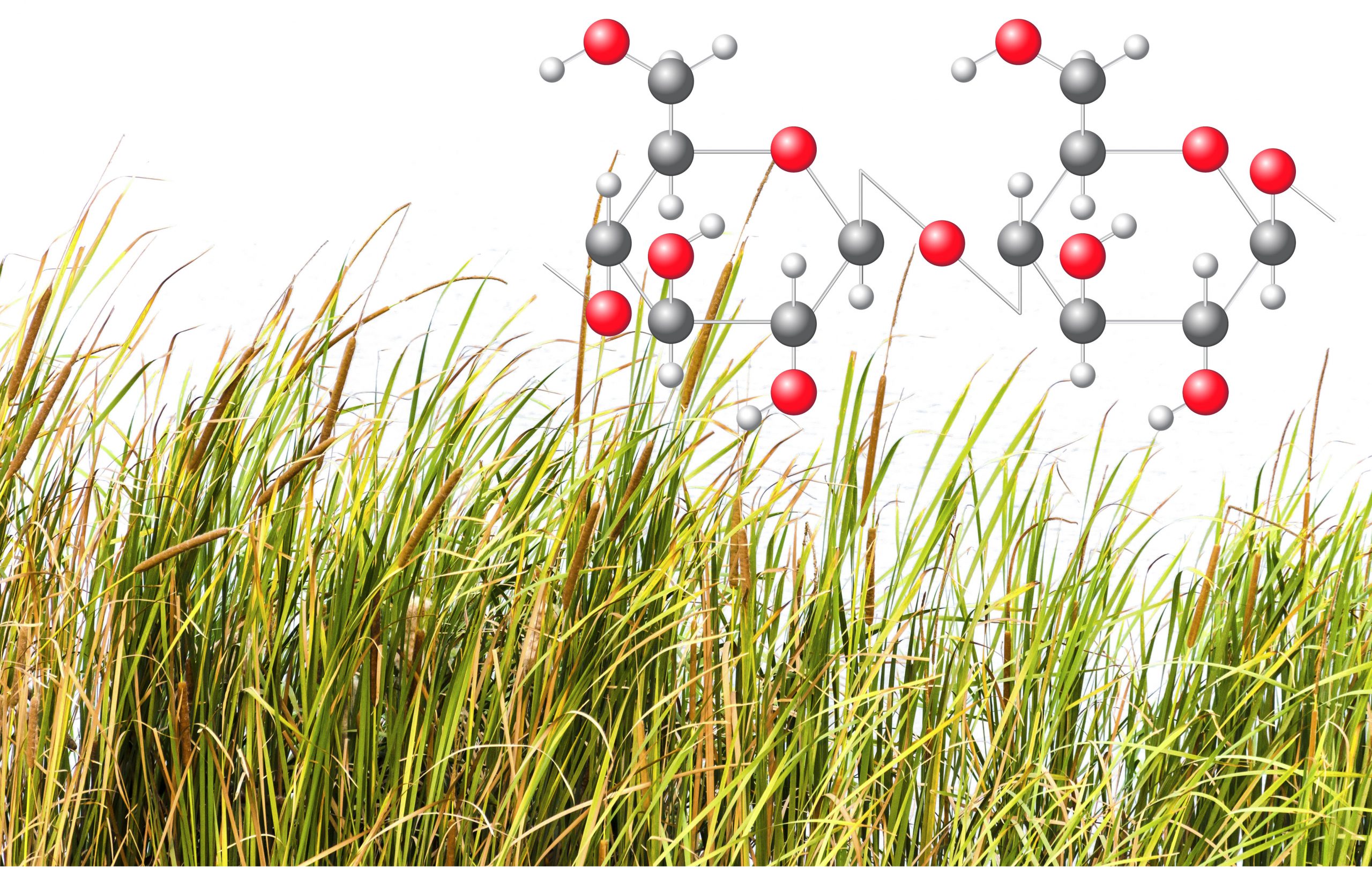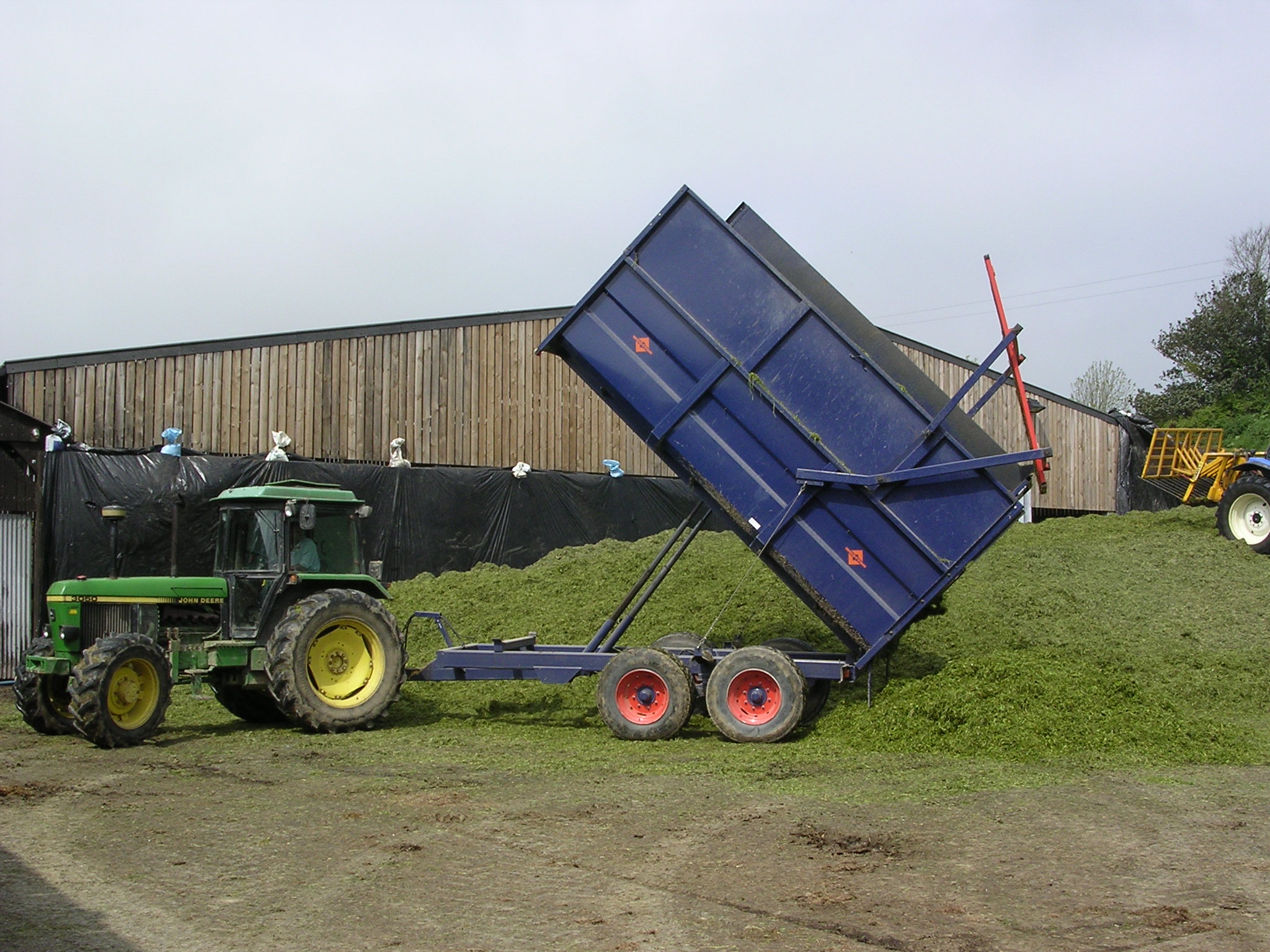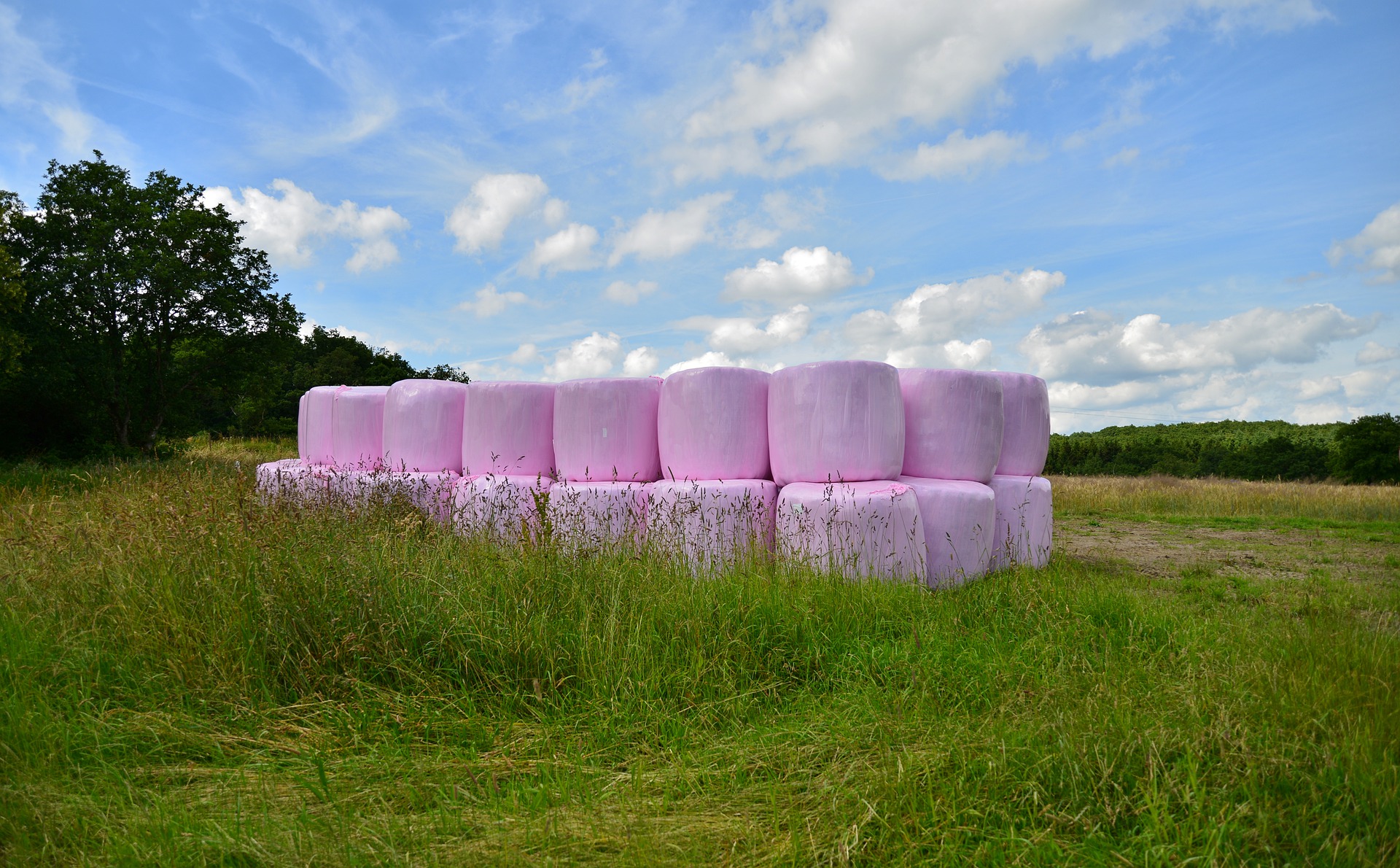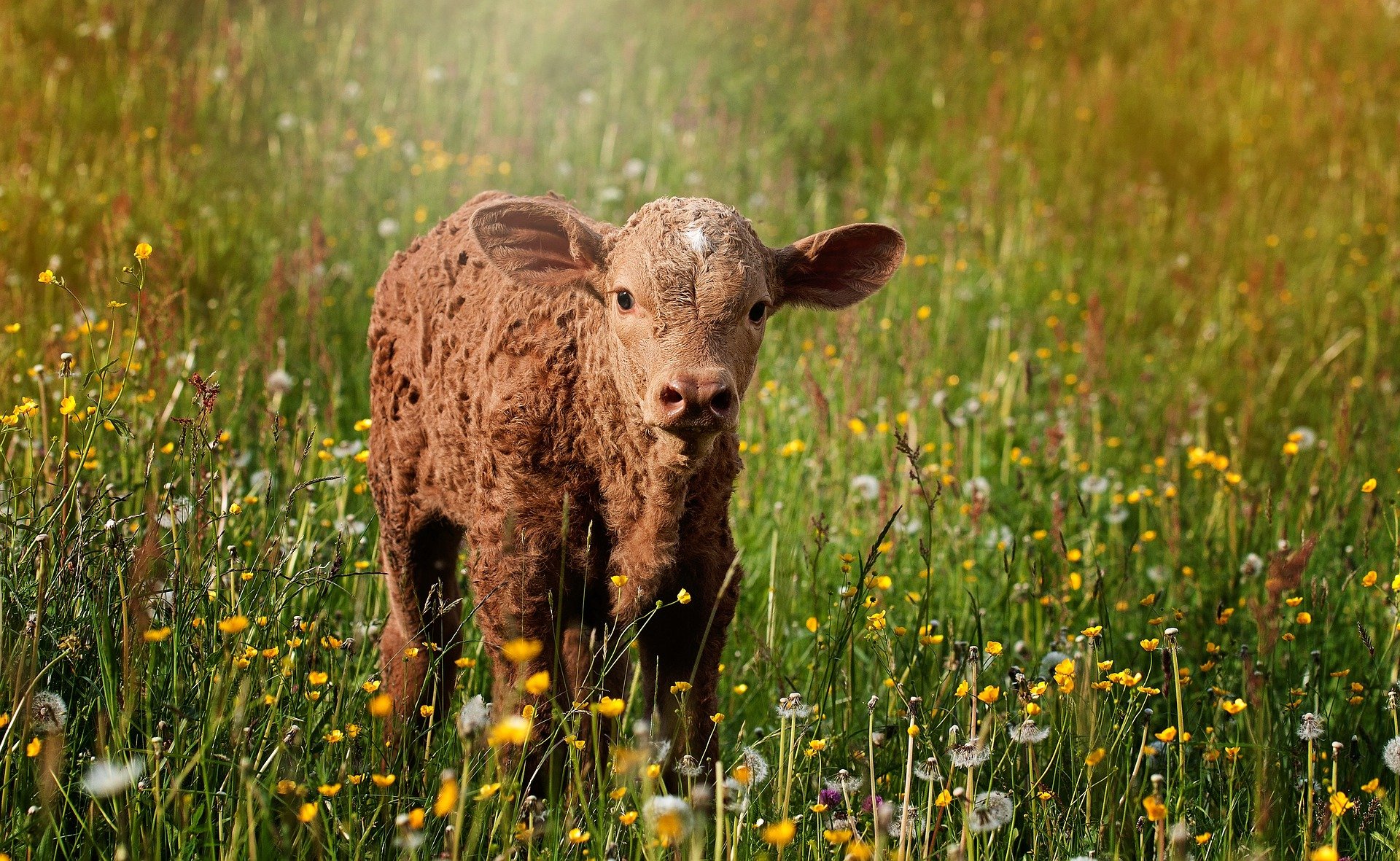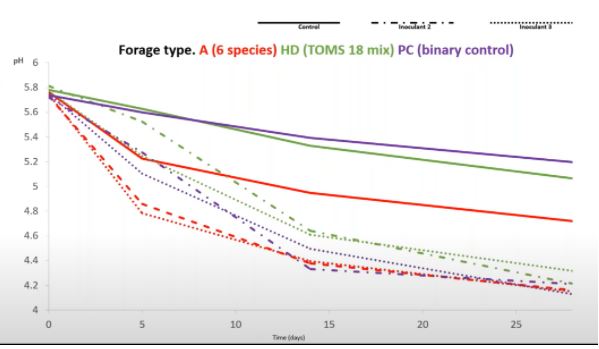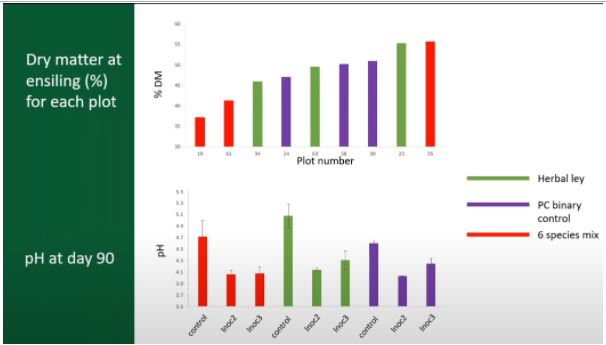Ensiling
Ensiling multi-species swards (Rothamsted Research)
What we did:
The preservation of forage through ensiling is vital to farming systems where forage for grazing is not available all year round. Efficient production of silage is important to maximise the nutritional and economic value of forage for winter feeding as well as ensuring hygienic quality. The variety of leaf sizes and water content in herbal ley species can make ensiling them more difficult, often leading to the unpredictable quality of the ensiled end product. Much of the scientific study carried out on silage production is aimed at high intensity perennial rye-grass systems and there has been comparatively little scientific study on the effect of management practices in the production of silages from multi-species swards.
The ensiling trials therefore aimed to determine if the following parameters:
-
-
- Fermentation quality, pH decline, Lactic and volatile fatty acids, Protein degradation products.
- Nutritional value (protein, Digestible/metabolizable energy, Fibre
- Aerobic stability
-
The study investigated whether these parameters were affected by sward type, cutting time, wilting length (DM content), additives (e.g. inoculants), with the goal of improving the quality of silage produced from multi-species swards through farm based management decisions.
The ensiling trials used forage collected from the 72-plot replicated TOMS trials (see above) in 2019 and from the SARIC herbal ley project in 2020 to investigate the effect of two inoculant types (year 1) and wilting time across the four sward types (year 2). In addition, a study was carried out on the nutritional changes through wilting on fresh forage (on the SARIC plots – year 2) and also a small study on the effect of chicory growth stage on ensiling quality.
Mini-silo experiments were undertaken to allow for a number of treatments in a scientifically structured study across a number of treatments. Nutritional value was measured by quantifying Water-soluble carbohydrate, crude protein and Fibre fractions alongside indicators of fermentation quality through pH, Volatile Fatty Acid (VFA) and lactate profiles as well as a study on aerobic stability of forage.
What we found:
Year 1 results
-
-
- Because the establishment was similar between mix A and B, silage was only made with Binary, Mix A and High Diversity mixes (not mix B) under the conventional sowing rate.
- Silage for each plot was produced in test tubes with the goal of looking at the impact of sward type, the DM content at ensiling and the inoculant on the quality of the silage produced.
- Inoculant use caused a faster pH drop, meaning more protein and sugar was preserved within the crop.
- At day 90, the silages without inoculants always had higher pHs than the inoculant-treated silages.
-
on:
-
-
- Agronomic performance (yield & forage quality)
- Botanical composition (inc. weeds)
- Soil properties (physical and chemical)
- Ensilage Experiment
-
Ensiling to compare effect of:
-
-
- Sward mix
- Seed bed preparation
- Sowing rate
- Cutting time
- Wiling time (DM content)
- Use of inoculants
-
Has on:
-
-
- Fermentation profile
- pH decline
- Lactic and volatile fatty acids
- Ammonia-N
- Protein degradation products
- Clamp / bale conditions
- Aerobic stability
- Nutrition
- Protein
- Digestible/metabolizable energy
- Fibre
Micronutrients (+Macronutrients!)
- Microbiome:
- endophytic
- ephyphitic
- Fermentation profile
-
With the goal of:
Improving quality of silage from multispecies swards through farm based
management decisions.
Lab scale ensiling methods
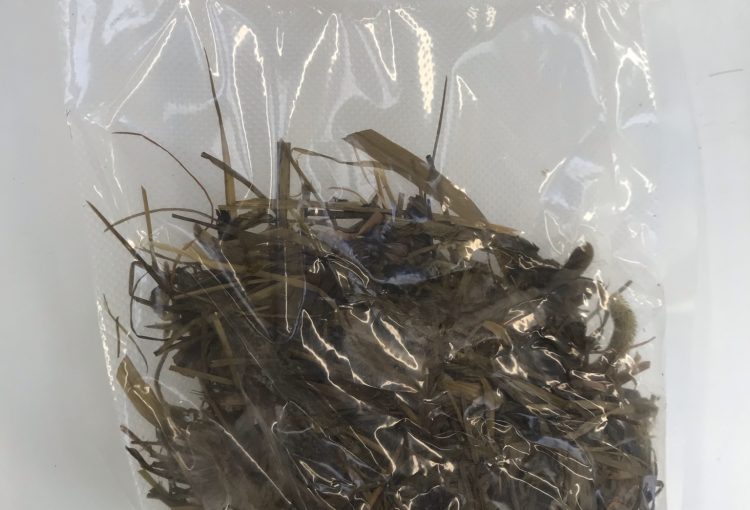
Vacuum packing

Test tubes
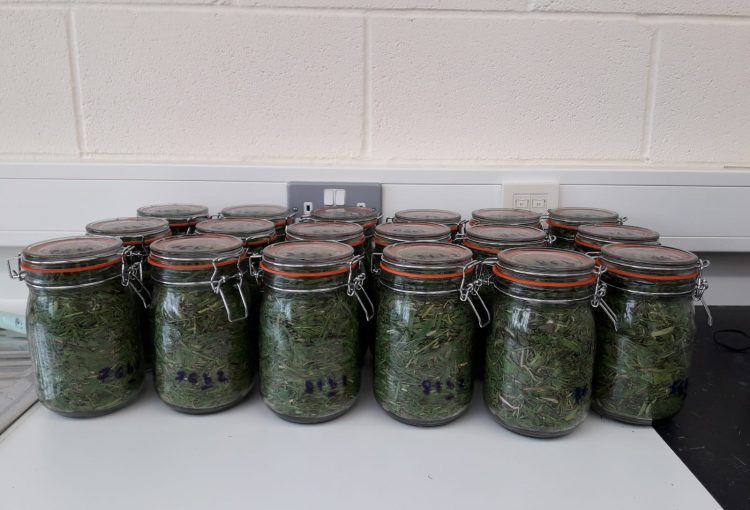
Kilner jars
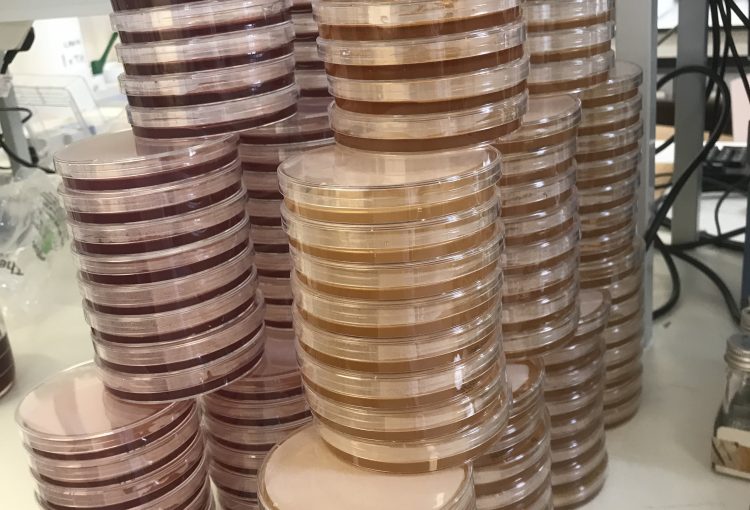
Aerobic stability vessels
Farm Profiles
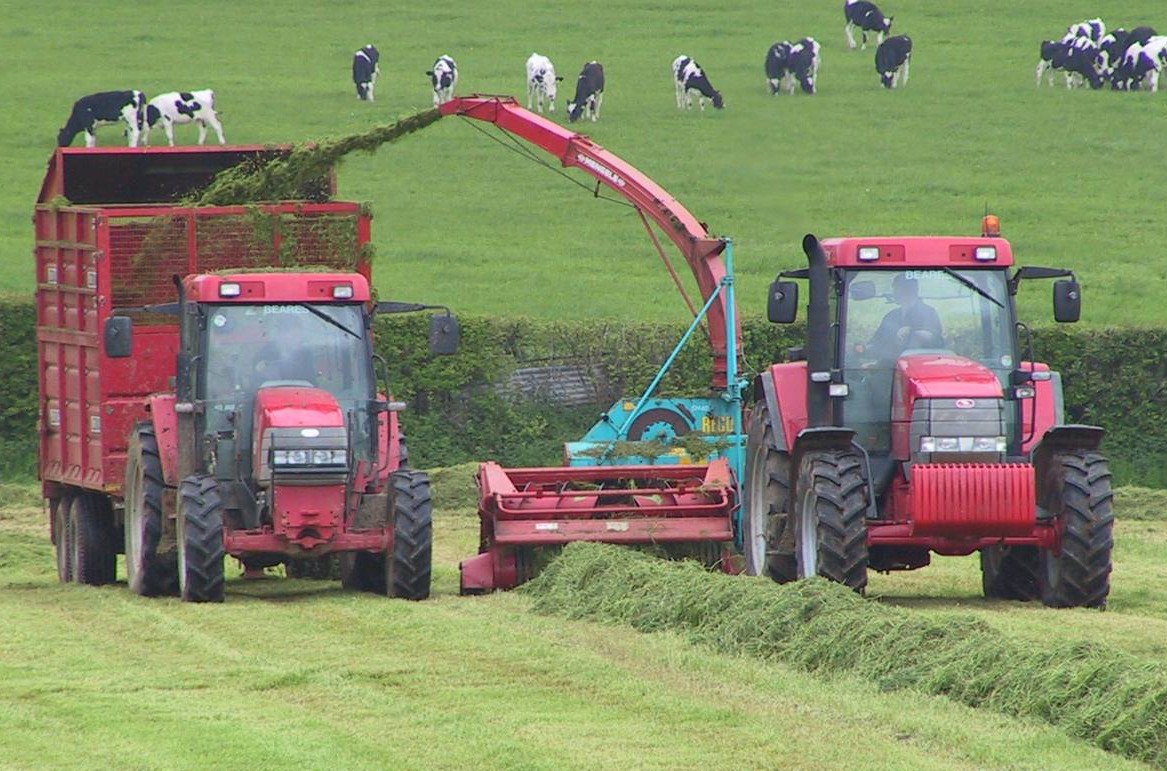
Ensiling
What we already know
There are numerous benefits of ensiling a multispecies sward, however to date there has not been sufficient information to be able to suggest a blanket best practice. Success can be achieved with a trial and error approach however this carries a financial risk.
Although herbal lays will not be as robost for cutting early season as rye grass (which has a higher yeild early in the season), you do have something to eat later in the in October.
Cutting should occur before seed heads develop and the high quality and also because they are in a vegetative growth stage so recovery will be faster and the plants will have greater ability to compete, provided that they are cut high enough so that the growing crown is not removed
Chicory is difficult to dry.
It is important to consider dry matter targets, particularly for clamped silage as there is a high risk of aerobic spoilage. In a bale the target DM is 35-45% and in a clamp 30-32%.
You can cut any surplus from a grazing system for hay or silage. If you cut/graze at intervals you will keep your forage at a young stage and produce a high quality silage. Alternatively you can have a more stemmy sward with a higher dry matter yeild so you may decide to bale up for haylage rather than silage.
If you are considering making silage with the sward, you may want to consider a simpler mix than those for environmental stewardship. Say a three or four species and still get some environmental benefits while making quality silage.
Possible benefits
In a previous project, North Wyke tried to establish a sward under minimum till without herbicide and it was compared to ploughed seedbed with herbicide. The minimum till scenario did not establish very well. However, the center of Ecology and Hydrology had success with a more aggressive minimum till using a disc harrow without glyphosate. The minimum till scenarios establishment was comparable with the ploughed with glyphosate option.
Challenges
Our findings (year one)
Because the establishment was similar between mix A and B, silage was only made with Binary, Mix A and High Diversity mixes (not mix B) under the conventional sowing rate.
Silage for each plot was produced in test tubes with the goal of look at the impact of sward type, the DM content at ensiling and the inoculant on the quality of the silage produced.
Inoculant use efficiently caused a faster pH drop meaning more protein and sugar was preserved within the crop.
At day 90, the silages without inoculant’s always had a high pH’s than the inoculant treated silages.
Year 2 of the trail needs to look at controlling dry matter at ensiling by controlling wilt time.
The dry matter content at ensiling of the perennial rye grass white clover sward was more consistent than the 6 and 18 species mixes which were variable. However, the plot design on the trial meant that the yields were low the take off dried as fast as it could be brought in once cut. This drying speed resulted in very high DM contents.
Farmer experiences

Like others, Newham found that the leaves shattered a little during ensiling.
Chicory is difficult to dry and some of the farmers we worked with found it required extra chopping and a good wind in order for it to dry out. The general consensus is that where chicory is included in the lay, it is better to silage an early first cut and graze it for the rest of the season. Although you can get silage later in the season, chicory provides an avoidable headache.

